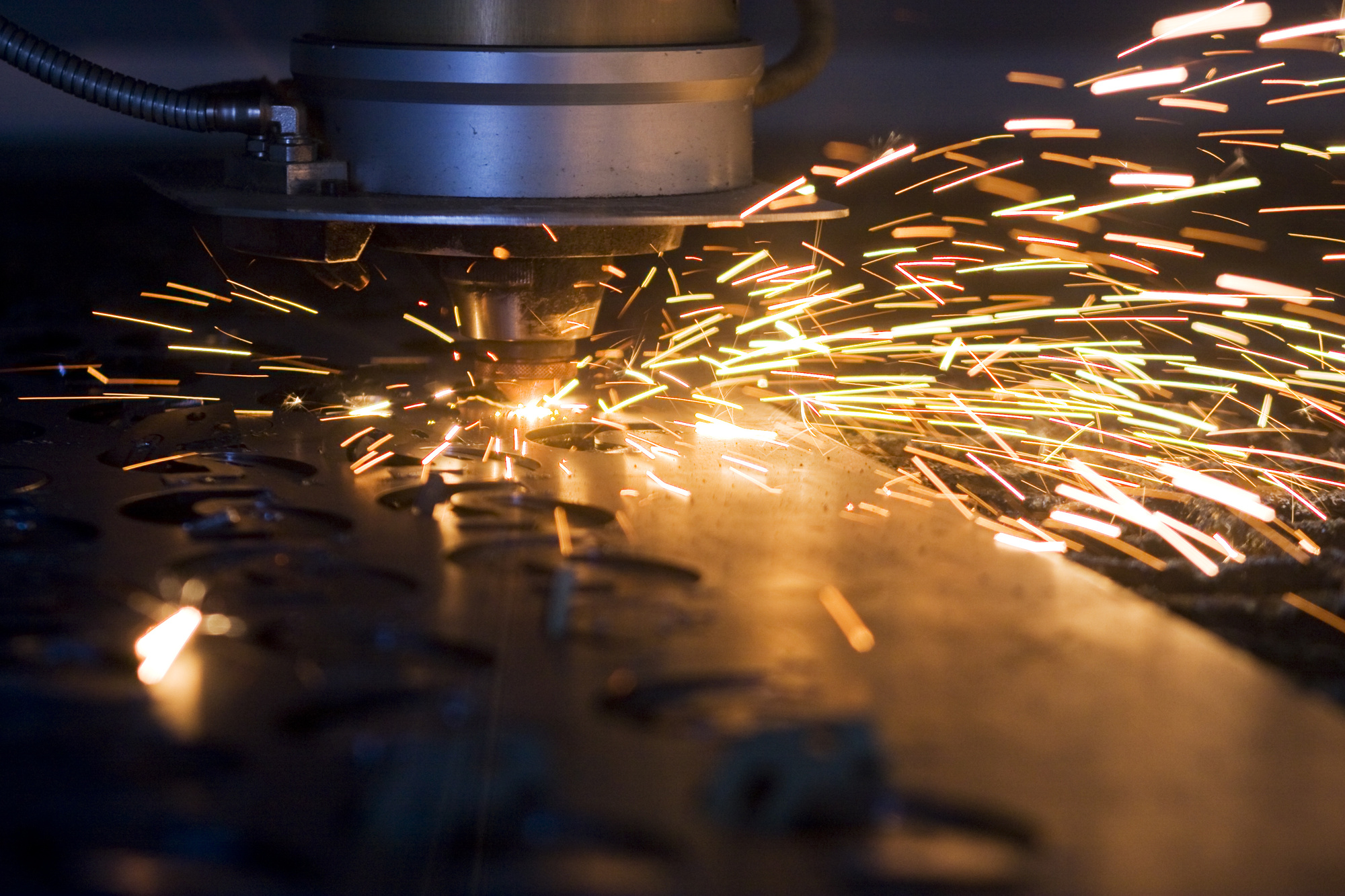
The engraving process is an ancient art, arising in Europe in the 15th century as a way to document events, create permanent records, and create artworks. From there, a range of techniques emerged—from intaglio and lithography to etching and silkscreen printing.
Of course, in the contemporary era, most commercial and even craft engraving has been replaced with digital methods, most commonly laser engraving. Below, we highlight the steps you can expect to go through if you want to engrave your products today.
Step 1: Plan the Design
No matter the types of engraving you prefer (and there are four types of commercial engraving techniques to consider—more on that later), you need to first lock in your great idea.
Some questions to ask yourself at this stage include:
- What material or materials do I want to engrave on?
- How long do I want the engraving to last?
- Is the engraving design, pattern, or text complicated or simple?
- Do I need help to create the design, pattern, or text?
Take inspiration for the design from the purpose of the product you’re engraving, where it will be used, and who will use it.
Step 2: Bring Your Idea to Life
To get the best engraving results, you’ll need to digitally create your design or text. This is most commonly done using software like Adobe Illustrator or Inkscape—two of the most popular platforms. The engraving machine reads this digital format and turns the design into an engraving.
If you don’t know how to use these programs, you have two options: hire a professional to help you create your design or ask the laser engraver you’re going to work with if they offer a design service. In either case, get quotes from a few different vendors to ensure you get the highest quality design for your budget.
Step 3: Configure Your Settings
No matter whether you’re engraving one-off arts and crafts objects or an entire product line, take the time to consider which engraving process is suitable for your needs.
There are four types of commercial engraving techniques:
- Laser engraving cuts deep into the material for increased durability
- Laser etching is fast and creates high-contrast markings
- Laser annealing uses chemicals to alter the surface of a material permanently
- Laser ablation removes the top surface to reveal the material underneath
Different processes are more suitable for particular materials than others. There are also things like embossing dies to consider. (If you’re curious to learn more about embossing dies, visit https://universalengraving.com/product-pages/sheet-fed-dies/inline-embossing-debossing.)
If you’re working with a commercial engraver, lean into their advice for these more technical aspects.
Why Understanding the Engraving Process Matters
Maybe you’re getting a beautiful calligraphy pen engraved with a memorable phrase as a gift for a loved one? Or perhaps you’re working with a commercial engraver to add decoration to an entire line of new products. Whatever your need, a better understanding of the engraving process will help you find the best engraved art service provider at the lowest cost.
For more advice on contemporary decorative techniques, browse the other articles on our blog.
Leave a Reply